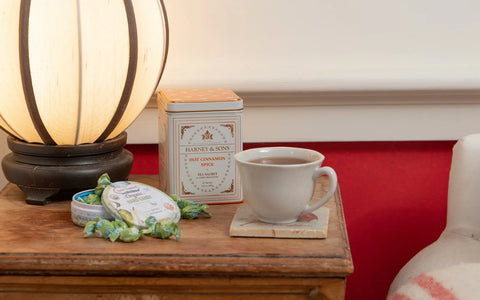
Cinnamon harmony in a cup
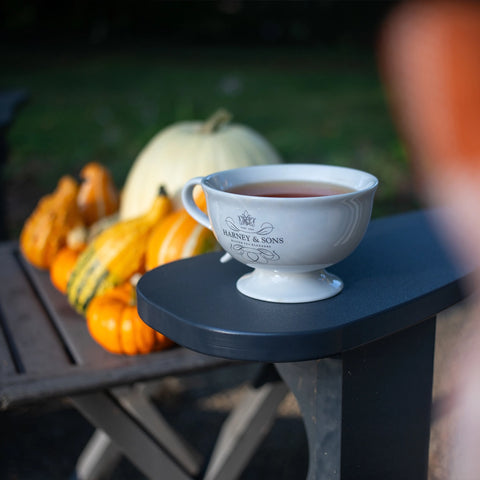
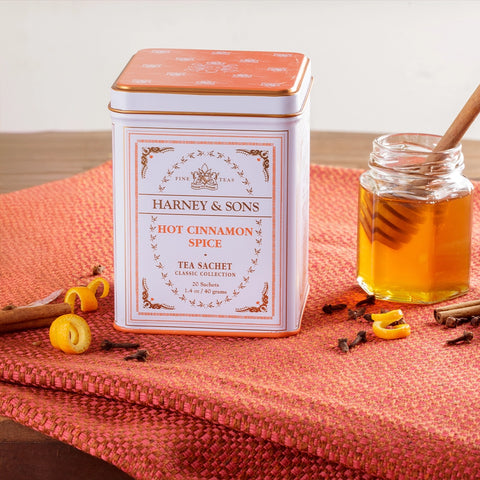
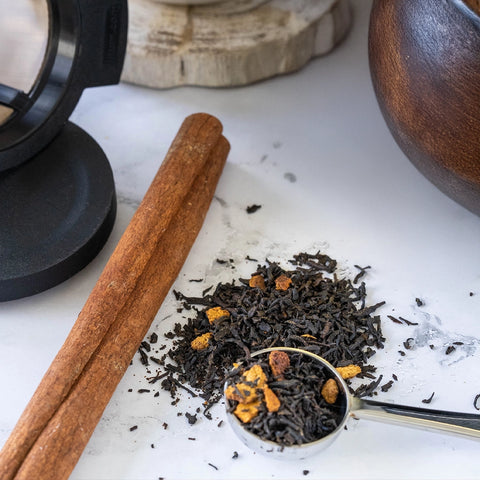
Properties of cinnamon
Although there are several types of cinnamon, four main types are used for culinary purposes: Ceylon cinnamon (also called Sri Lankan or “true” cinnamon), Chinese cinnamon (or cassia cinnamon), Indonesian cinnamon (or Korintje cinnamon), and Vietnamese cinnamon (or Saigon cinnamon). Ceylon cinnamon has a mild, delicate flavor, while other types of cinnamon have a sharper, more pronounced flavor. They also vary in color—Ceylon cinnamon is a yellowish brown, Indonesian and Vietnamese cinnamon is more reddish brown, and Chinese cinnamon is dark brown.

History of cinnamon
Cinnamon was considered as valuable as gold in ancient times and was used as an offering to gods and monarchs. The ancient Egyptians used cinnamon as part of their embalming rituals, and both the Egyptians and Romans burned it in funerals. One of the first spices to be traded, cinnamon was sought after by European expeditions in the 15th century, and is said to have indirectly led to the discovery of America. Between the 16th and 18th centuries, the Portuguese and Dutch clashed over control of the cinnamon plantations in Ceylon.
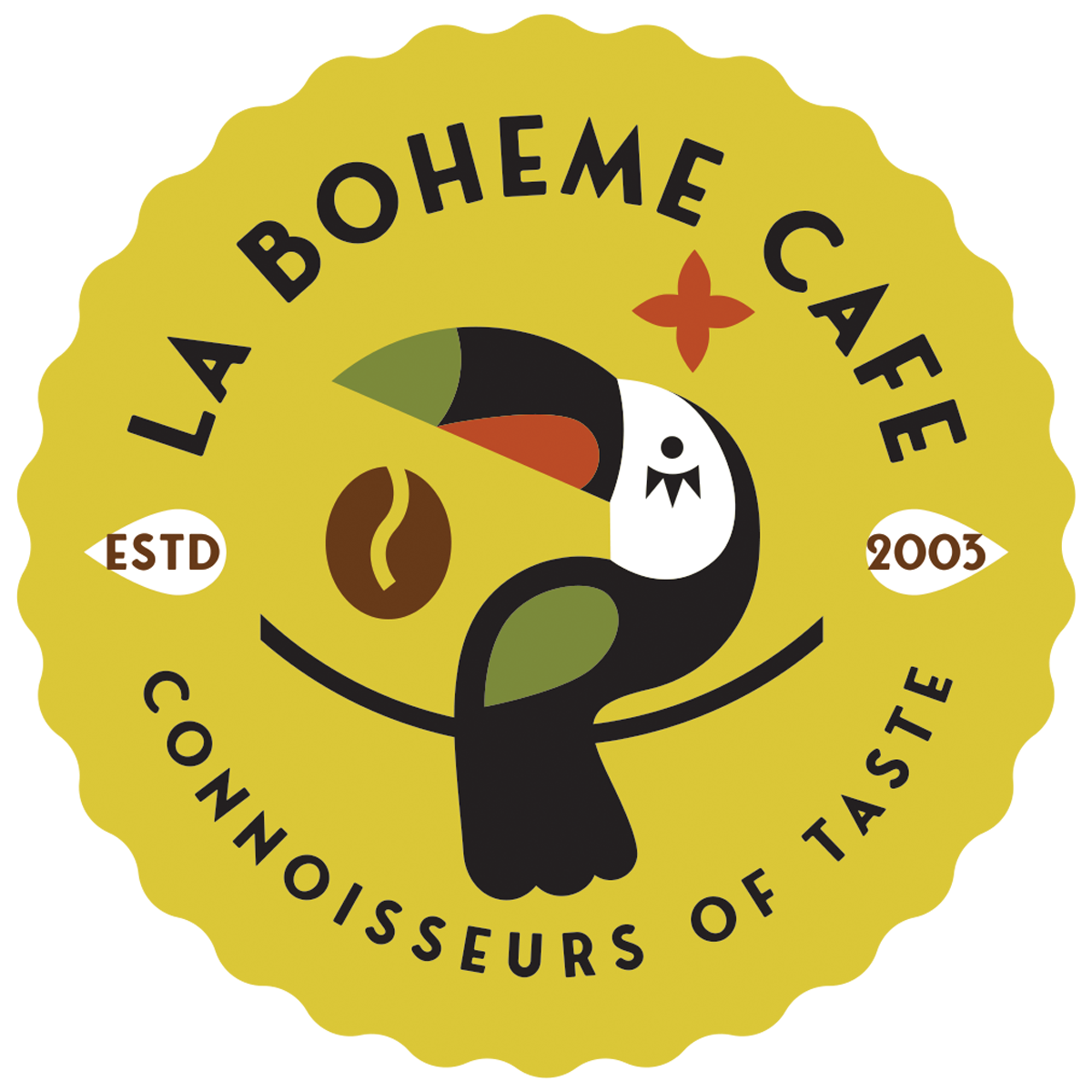
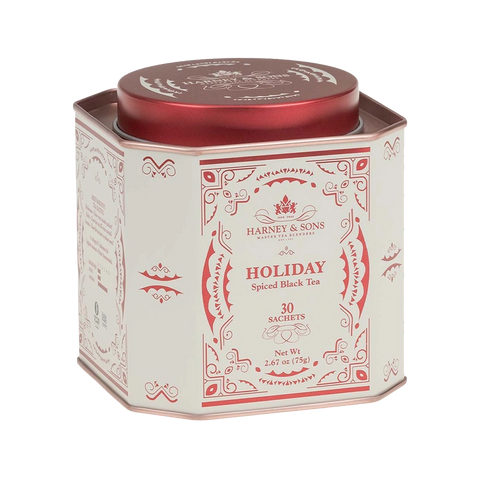
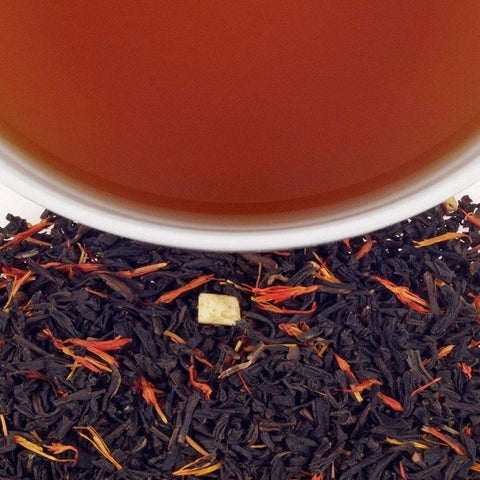
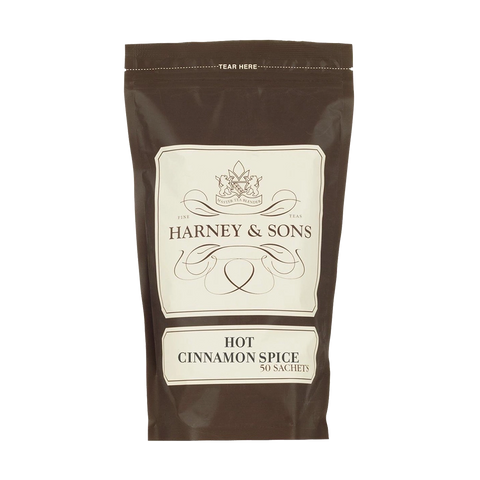
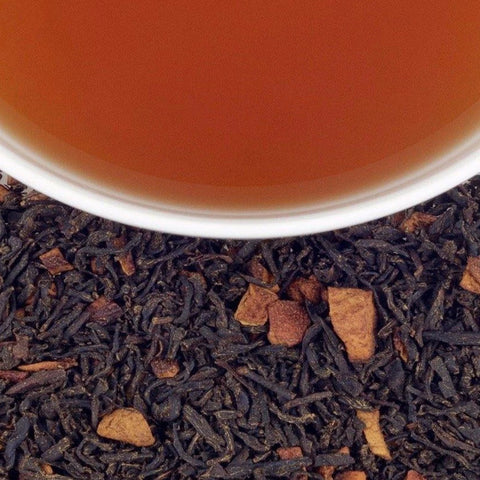

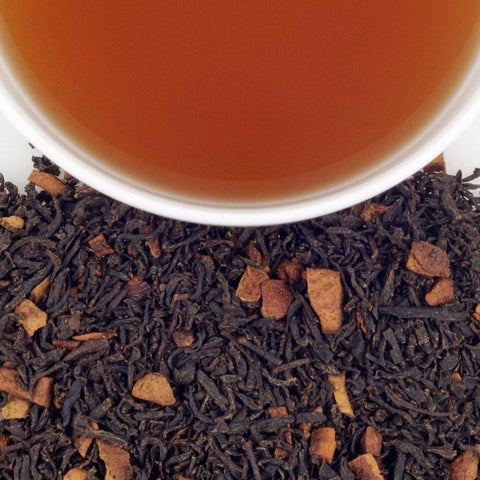

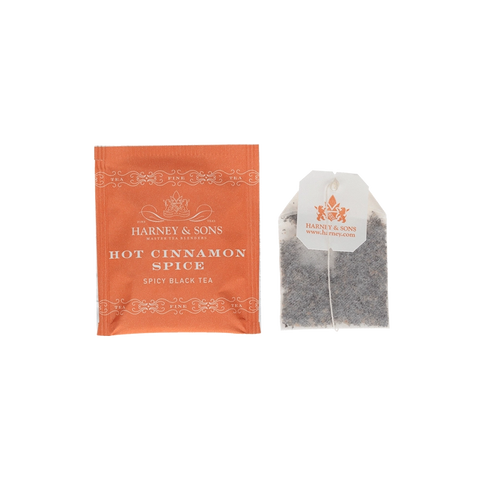



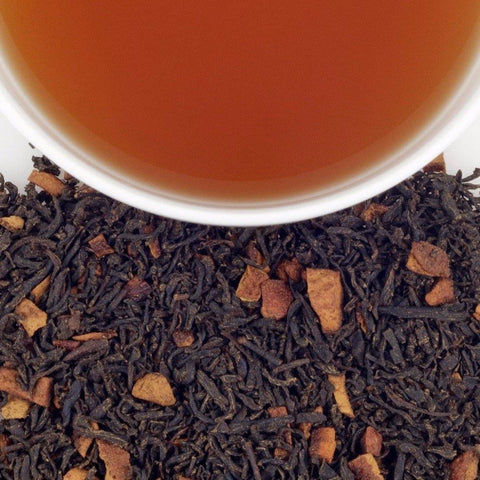
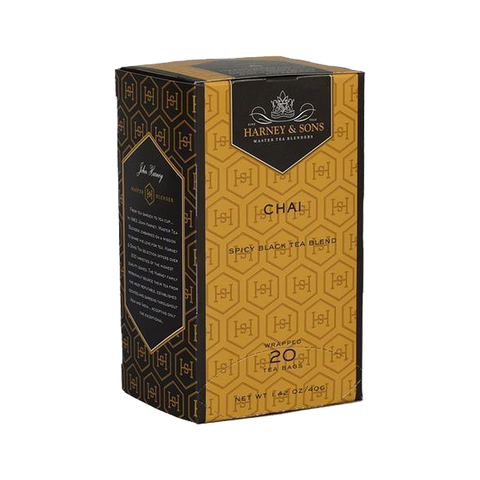
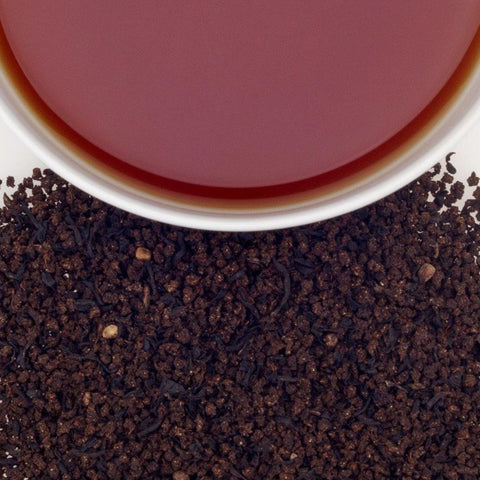
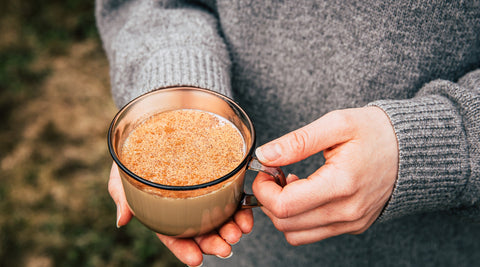


Comments (0)
There are no comments for this article. Be the first one to leave a message!